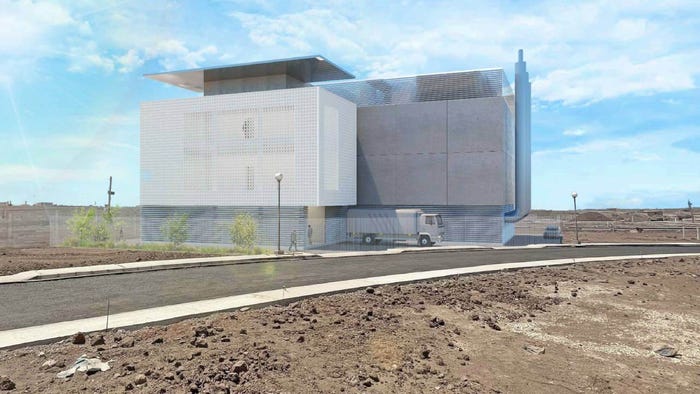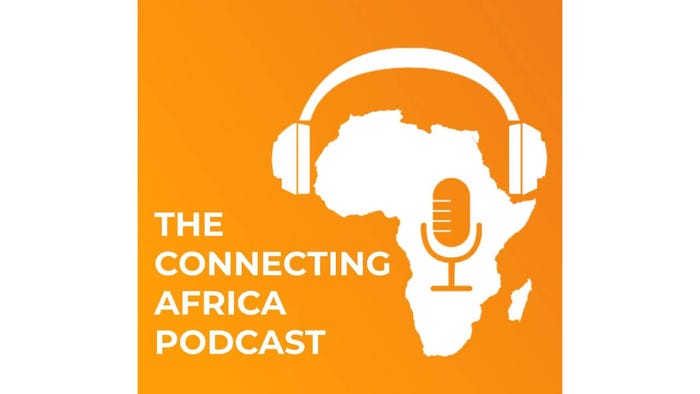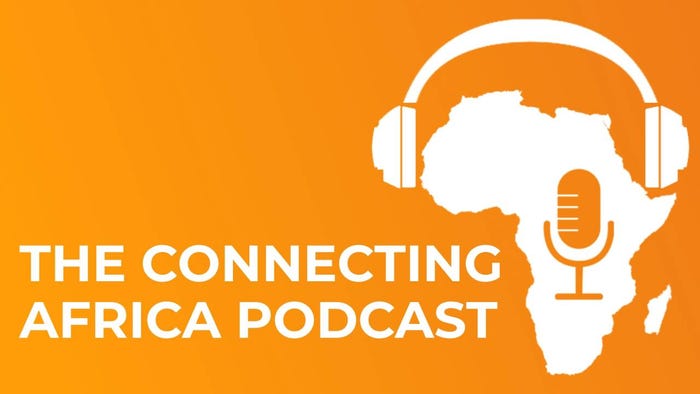SA's Cell C network 100% migrated to partner towersSA's Cell C network 100% migrated to partner towers
South African operator Cell C has successfully completed a planned network migration, deactivating its own physical tower and radio access network to roam instead on partner towers.

South African operator Cell C has successfully completed its network migration and is now operating with access to around 14,000 towers countrywide, with more than 12,000 sites 4G/LTE enabled.
Cell C's CTO Schalk Visser said that the migration was a huge milestone for Cell C and its customers and was concluded ahead of schedule.
"We have effectively increased our network access close to threefold in less than three years, from 5,500 towers to 14,000. We are the first mobile operator to think about our network strategy differently and instead of trying to build out an expensive and unsustainable network we chose to become a buyer of network services," he added.
The operator said this is good for its customers as they will benefit from the expanded national coverage, better quality connection, fewer dropped calls and generally a more stable network during load shedding power cuts as its partner network is investing in backup power.

Cell C's network migration stats. (Source: Cell C)
Cell C has deactivated its own physical tower and radio access network (RAN) and migrated prepaid and mobile virtual network operator (MVNO) customers to a virtualized RAN enabled by a network infrastructure partner. Cell C uses its own spectrum and is still fully in control of the customer experience, it said.
Cell C believes this innovation has changed the telecommunications landscape, with the market now made up of those that own infrastructure and those that buy infrastructure "as a service."
Migration strategy
In early 2021, Cell C started migrating its customers to roam on "partner networks" MTN and Vodacom, which are also its competitors.
The migration process was part of a strategy to move away from spending money on infrastructure and become instead a wholesale buyer of capacity and services.
In October 2022, Cell C had migrated 60% of its network to partner towers and has now completed the final 40%.
Visser said the new model has propelled Cell C's network footprint forward by 20 years.
"We now have access to best-in-class infrastructure, can benefit from scale and have simultaneously reduced our network expenses and capital expenditure on costly infrastructure," he added.

Cell C Chief Technology Officer Schalk Visser. (Source: Cell C)
Cell C would have had to invest billions of rands yearly to roll out a physical radio access network in the traditional mobile network operator model.
"We can now focus our investment and energies into innovating products and services that will add value to customers, knowing that we can operate from a competitive platform that offers the same quality connectivity to all South Africans," added Visser.
This month Cell C also announced it had appointed a new CEO, with former Vodacom exec Jorge Mendes due to take up the role on July 1, 2023, replacing Douglas Craigie Stevenson who resigned in March 2023.
*Top image source: Image by wirestock on Freepik.
— Paula Gilbert, Editor, Connecting Africa


.jpg?width=700&auto=webp&quality=80&disable=upscale)

_(1).jpg?width=700&auto=webp&quality=80&disable=upscale)

.jpg?width=700&auto=webp&quality=80&disable=upscale)
.jpg?width=700&auto=webp&quality=80&disable=upscale)
.jpg?width=700&auto=webp&quality=80&disable=upscale)
.jpg?width=700&auto=webp&quality=80&disable=upscale)
.jpg?width=800&auto=webp&quality=80&disable=upscale)


.jpg?width=700&auto=webp&quality=80&disable=upscale)